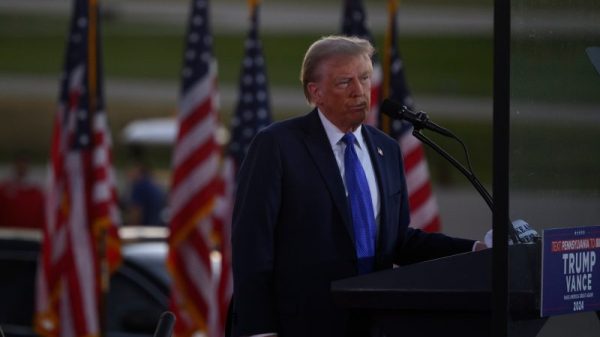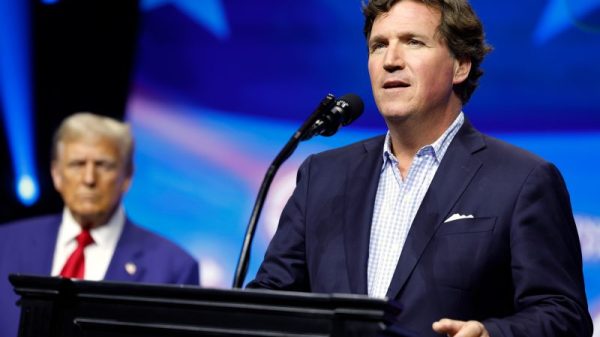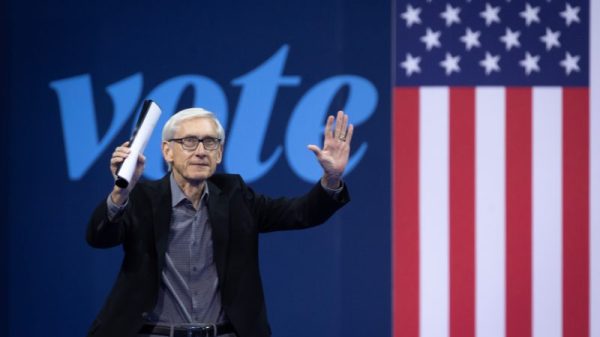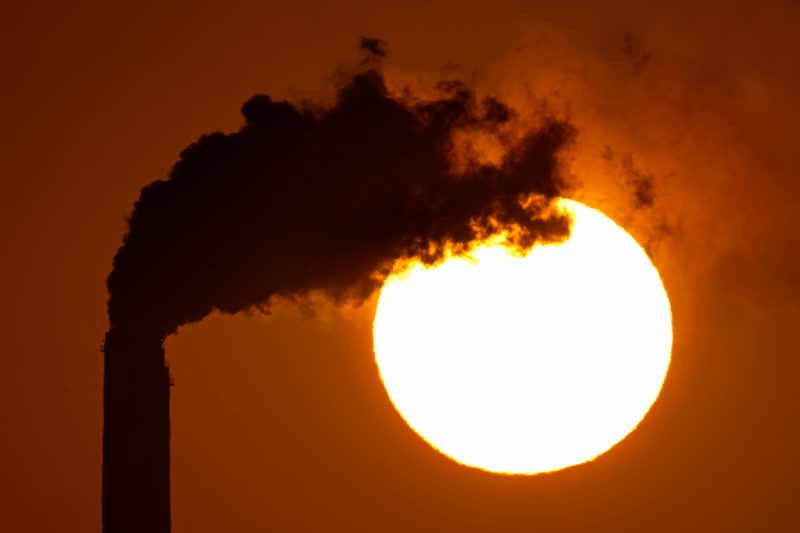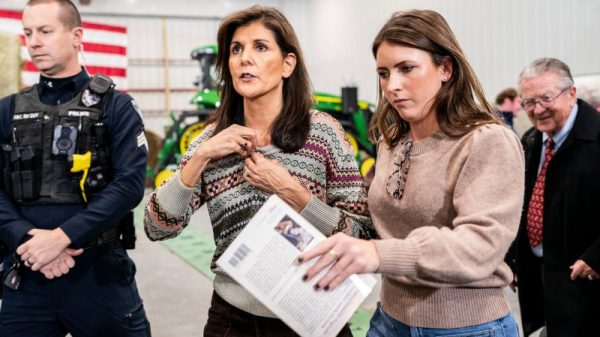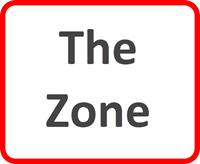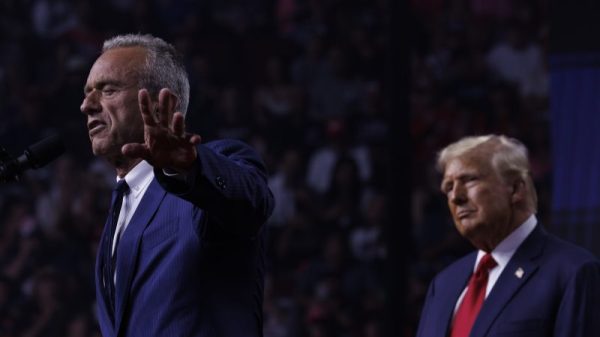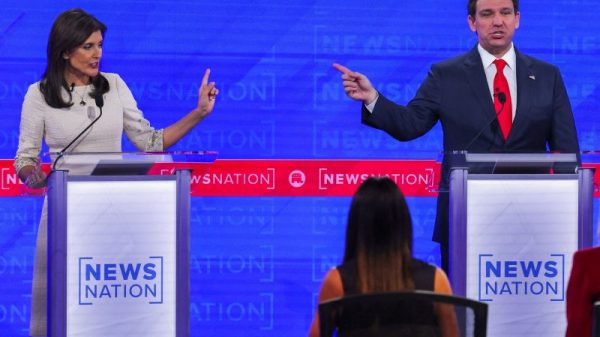The Environmental Protection Agency’s effort to cut emissions from power plants and factories to reduce pollution that blows into neighboring states seems likely to be halted by the Supreme Court, a blow to an ambitious federal initiative that environmentalists have said is necessary to protect people, especially children and the elderly, from lung-damaging smog.
During oral arguments on Wednesday, the justices appeared divided mostly along ideological lines, with the court’s conservative majority sympathetic to the Republican-governed states and the polluting industries that are challenging the Biden administration’s plans. The three liberal justices expressed deep concerns about the high court’s willingness to take up the matter on an emergency basis before a lower court has reviewed the case.
Three states — Ohio, Indiana and West Virginia — and various industry groups asked the high court to put the EPA plans on hold while they work to defeat the rules in the lower courts. In an unusual move, the justices went a step further than that request, agreeing not only to decide whether to suspend the EPA regulation, but also to consider whether it is reasonable before a lower court has ruled on that question.
The three liberal justices — Sonia Sotomayor, Elena Kagan and Ketanji Brown Jackson — repeatedly asked why the court would consider that question while the case is pending before the U.S. Court of Appeals for the D.C. Circuit.
Jackson said that the nation’s highest court should not be the “first decider” and that she was struggling to understand what emergency required intervention from the Supreme Court at this moment, especially since the EPA requirements wouldn’t fully take effect until mid-2026. She also questioned the assertion from challengers that complying with the federal rule would immediately lead to power and heating shortages.
Conservatives, including Chief Justice John G. Roberts Jr. and Justice Brett M. Kavanaugh, suggested the EPA did not give industries and polluting states an explanation of how the pollution-reduction requirements would work if not all of the covered states had to comply. Although it was intended to cover 23 states, separate legal challenges in lower courts have prevented the rule from fully taking effect. Today, it is in effect in 11 states.
Roberts noted that the EPA’s rule says there are “measurable and meaningful cumulative improvements in ozone levels” in downwind states when emissions reductions are “assessed collectively.” With fewer states covered, Roberts suggested, the agency would not evaluate the efficacy of the program “until after the hundreds of millions of dollars of costs are incurred.”
Deputy solicitor general Malcolm Stewart, who was representing the EPA, said that the agency anticipated the geographic makeup of participants could change and that it would still work with a smaller or larger set of states.
Supporters of what’s known as the “good neighbor” rule say there would be real health consequences from even a temporary stay of the EPA regulation, which expands an Obama-era rule that required power plants in Midwestern and Appalachian states to clean up emissions that the nation’s prevailing west-to-east winds carry across state boundaries.
President Biden’s EPA extended the mandate to cover steel mills, cement factories and other major sources of industrial air pollution. The new limits target nitrogen oxide pollution, a major component of ground-level ozone, or smog, that has been found to worsen asthma, chronic bronchitis and other respiratory illnesses. They are designed to cut emissions of nitrogen dioxide from upwind states by roughly 70,000 tons by the summer of 2026, which EPA officials estimate could prevent as many as 1,300 premature deaths and reduce hospital and emergency room visits.
In recent years, the Supreme Court’s conservative majority has taken a skeptical view of federal agency power not specifically granted by Congress.
Two years ago, in a blow to the Biden administration’s plans for combating climate change, a divided court limited the EPA’s ability to reduce carbon emissions from power plants. Now, the court is considering a challenge that could at least temporarily curb the agency’s power to address deadly air pollutants that have long been a source of tension between states dependent on coal-generated electricity and their downwind neighbors.
Unlike other cases before the court testing the authority of federal agencies to interpret ambiguous federal statutes, the EPA’s power to set air quality rules is clear under the Clean Air Act. Instead, the justices in this case are asking about the reasonableness of the EPA’s technical, scientific and economic judgments — all of which are well within the agency’s mandate, according to environmental advocates.
The case “represents an even further invasion from the Supreme Court into what have traditionally been considered legislative and executive branch policy judgments,” said Sam Sankar, senior vice president for programs at Earthjustice and a former law clerk to the late Justice Sandra Day O’Connor.
After the plan went into effect last August, a divided panel of the D.C. Circuit denied the upwind states’ request to put the rule on hold while litigation continues. The challengers then asked the Supreme Court to intervene on an emergency basis.
Legal analysts questioned the court’s decision to schedule argument before a lower court has ruled on the underlying issues in the case and without the usual additional written briefs. According to University of Texas law professor Steve Vladeck, Wednesday’s session at the high court is just the third time since 1971 that the justices have heard arguments based on this type of emergency application.
Sankar noted following the argument that the court typically accepts challenges to government regulations after they take effect. If the Supreme Court blocks the EPA rule, he told reporters, it would “effectively be saying to industry, ‘Look, any time you face costs from a regulation, c’mon up and take a shot. We might block that rule for you.’ And my question is whether this is a new rule that applies only to environmental regulations or whether it applies to all regulations.”
Kagan pushed back on the suggestion from the challengers’ attorney that the EPA could have contemplated every possible permutation when it devised the rule.
“One of my clerks who does math better than I do tells me that there are two to the 23rd power, which is like 4 million different permutations. What was the EPA supposed to do?” she asked.
Conservative Justice Amy Coney Barrett seemed to share concerns expressed by her more liberal colleagues about whether lawyers for the challengers were being forthcoming about the costs of complying with the federal regulations.
“The rule has been in effect for a while. Why haven’t you talked about that?” she asked Catherine Stetson, a lawyer for the industry groups. “Have you incurred significant financial costs that are unreasonable?”
Stetson pointed to the costs of permitting to install new pollution controls and said later that industry anticipates “hundreds of millions, if not billions of dollars in costs over the next 12 to 18 months.”
Downwind states such as New York and Connecticut have argued that they cannot meet federal clean air standards without tighter controls on the smokestacks in neighboring states.
Critics of the federal plan counter that the expense of adding new technology would put them out of business. They also say it could threaten the electrical grids in upwind states if power plant operators decide the compliance costs are too high to stay open.
There was very little discussion at oral arguments on Wednesday of the health dangers to downwind state residents if the court blocked the regulation while the litigation continues.
Some states would suffer worse consequences than others, said Judith Vale, New York’s deputy solicitor general, noting that in Wisconsin, about 40 percent of the state’s ozone pollution blows in from neighboring states, including 13 percent from Indiana alone. Vale said the EPA’s regulation is not trying to get upwind states to innovate or install “newfangled things,” but merely “to get them to the middle of the pack” among industry peers that are already using pollution controls.
Yet in his questioning, Kavanaugh suggested the challenges facing polluting industries and downwind states were roughly equal. “Both sides have irreparable harm, so that’s a wash,” he said. “Both sides have a strong public interest in my view.”
The case is Ohio v. EPA.


